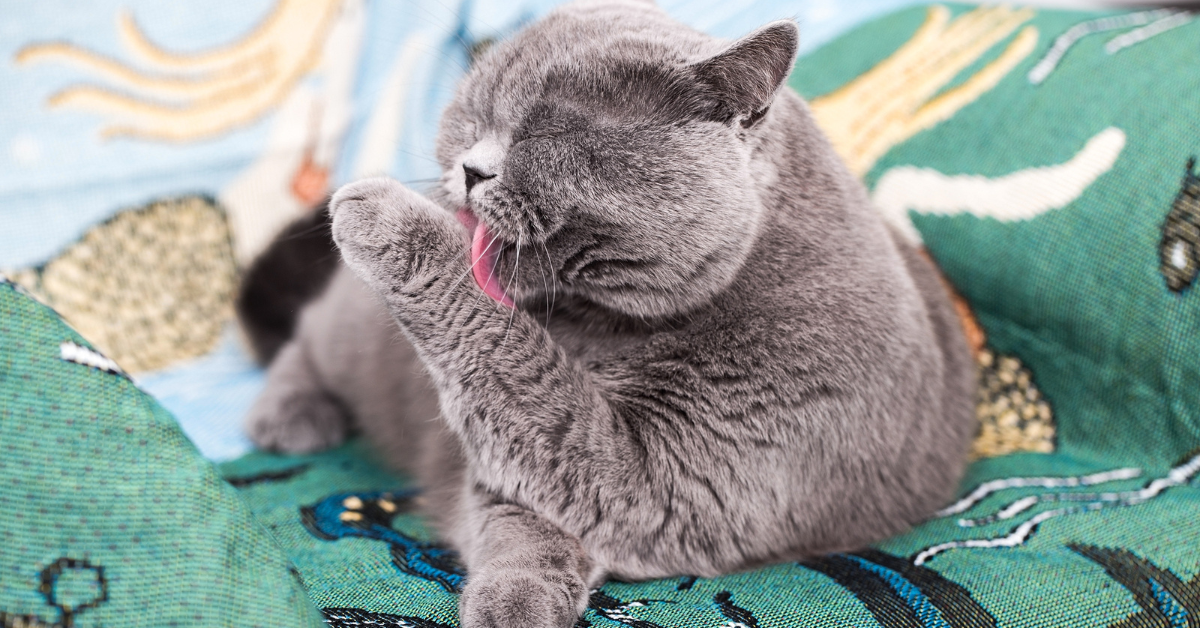How to Manage 2 Pets Who Don't Get Along

If you’re a pet owner, you know that pets can bring a lot of joy to your life. But if you have multiple pets, you may also know that they don’t always get along. Whether it’s your dog chasing your cat or your two cats fighting over territory, dealing with multiple pets can be challenging. Fortunately, there are a few things you can do to create a peaceful coexistence – at least reduce conflict – in a multi-pet household.
1. If There’s Conflict, Find Out Why
If there is a conflict between your pets, you need to figure out why your pets aren’t getting along. Are they fighting over food or toys? Is one animal feeling threatened by the other? Is there jealousy involved? Once you know what’s causing the conflict, you can start working on a solution.
2. Establish Consistent Rules & Expectations for Each Pet
One of the most important things to remember when managing 2 Pets who don’t get along be consistent with discipline. If you let one pet get away with bad behavior, it will only serve to reinforce that behavior in the future. Conversely, if you are consistent in your discipline, it will help pets to understand what is expected of them and behave accordingly. Of course, this is not always easy, especially when pets have different personalities and temperaments. However, it is important to remember that all pets deserve equal treatment and that disciplinary action should be taken in a fair and consistent manner. By doing so, you can help to ensure that your pets are well-behaved and that your home is a happy and harmonious place.
3. Make Sure Each Pet Has Its Own Space
With managing 2 Pets who don’t get along ensure each has its own space. Just like humans, pets need their own personal space where they can feel safe and comfortable. This is especially important if you have pets of different species, as cats and dogs often have very different needs when it comes to territory. For dogs, they might prefer a comfy bed in a quiet corner or a plastic kennel stuffed with their favorite blanket. For cats, they might like to perch on a window pane or high up on a bookshelf, safe and distant from the rest of the commotion of your home. Make sure each pet has access to its own food and water bowl, bed, toys, etc., and try not to disturb sleeping areas or personal spaces unnecessarily.
4. Schedule Regular Playtime & Exercise for All Pets
It’s important to make sure that each one of your pets feels loved and celebrated in their own way. One way to do this is to schedule regular playtime for each pet. Playtime helps keep your pets happy and healthy – and can help keep them from getting into trouble! Dogs, for example, love a good game of fetch. Chew toys are also important for dogs, as they help to relieve boredom and prevent destructive chewing. Cats might enjoy chasing a toy around the house or playing with smaller objects that they can swat around. Both dogs and cats can benefit from having puzzle toys that provide a mental challenge. By providing your pets with adequate stimulation, you’ll help them stay focused and content – and avoid any behavioral problems.
With managing 2 Pets who don’t get along no one likes feeling left out. Pets included! Don’t forget to give each of your pets plenty of attention and affection, especially when they’re first getting used to living with other animals. Over time, pets will develop their own relationships with each other, but it’s important to make sure that everyone feels included in the family.
5. Seek Professional Help, If Needed
Seek help from a professional, such as a trainer, behaviorist, or vet, if the situation becomes too difficult to handle on your own. They will be able to assess the situation and provide you with specific guidance on how to proceed. In some cases, you may even need to explore other options, such as finding new homes for some or all of your pets. But no matter what you do, remember that the most important thing is to ensure that everyone – both two-legged and four-legged – is safe and happy.
Conclusion
Whether you’re a new pet parent or have been one for years, it’s always good to refresh your knowledge on how to make sure your furry friends live together in peace. It’s not uncommon for two pets, especially pets of different species like cats and dogs, to not get along from the get-go. But in most cases, with a little patience and training, they can learn to live together in harmony.
Previous article

Next article

Related posts
View all-

5 Simple Tips to Make Sure Your Cat Drinks Enough Water
Ensuring your cat stays hydrated is important, but it can be challenging since many cats don't drink enough water. Dehydration can lead to kidney disease and other health issues. Fortunately, you can encourage your cat to drink more with a few simple changes. Read Article -

How to Keep Your Cat Busy at Night (So You Can Sleep)
For many cat owners, the quest for a good night's sleep while keeping their feline friends content and engaged can seem like a never-ending battle. Cats, naturally more active at night or early in the morning, often disrupt your sleep schedules with nocturnal activity, whether through playful nature or seeking attention. Read Article -

Should You Bathe Your Cat? Everything You Need to Know About Cat Hygiene
When it comes to cat hygiene, a common question among cat owners is, "Should you bathe your cat?" Understanding how to care for felines, especially bathing cats properly, is crucial for maintaining their overall health. Most cats are fastidious groomers, but specific scenarios like long-haired cats getting dirty or skin irritations, might require a bath.
Read Article



